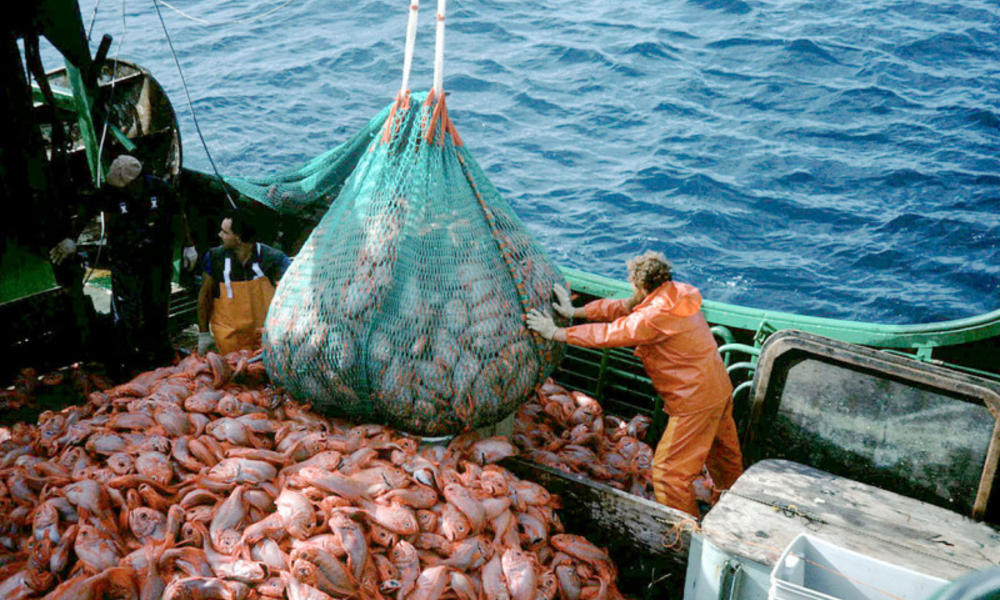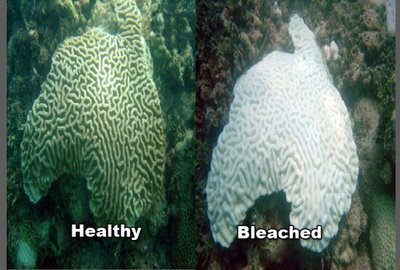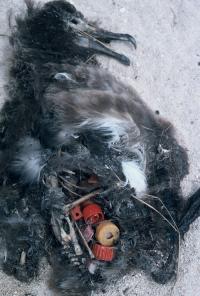Courtney C. Aquatic science
Friday, March 22, 2013
Navy
The two cadets that came in to talk to the class were very informative! Allen put together a great presentation on him being in the Navy for 7 years, and all the education, traveling, military experiences he had been through. While he spoke mostly of working on a ship, his 20yr old partner was trained to work in submarines. What i found most interesting was all the places that Allen had been, 8 countries and 13 ports in the Philippines. This talk increased my knowledge of the ocean in how our military uses the ocean to their advantage. The one thing that I really remember from this presentation are his experiences in different countries, learning their cultures, shopping, and his lost wallet experience, mostly because of how different and interesting they were.
whales
Flukes are used to ID whales because they are like fingerprints, each different and unique.
Scientists need this data to learn and observe from the whales. Scientists can keep track of population and migration as well. The most difficult part of the lab was trying to match the pictures with the numerous other extremely identical pictures. The Lab would be easier and better if their were less pictures to match with, and if the printing was better instead of mostly black.
picture: http://wildwhales.org/wp-content/themes/wildwhales/images/4flukes_popup.jpg
Scientists need this data to learn and observe from the whales. Scientists can keep track of population and migration as well. The most difficult part of the lab was trying to match the pictures with the numerous other extremely identical pictures. The Lab would be easier and better if their were less pictures to match with, and if the printing was better instead of mostly black.
picture: http://wildwhales.org/wp-content/themes/wildwhales/images/4flukes_popup.jpg
over fishing
Over fishing is a major concern because fish become overexploited and depleted. Species and ecosystems are being lost. It affects our every day lives because as it affects the fish, it continuously affects the food web. Eventually it will affect our food sources. The choices we can make to help, are being educated and informed on the issue. Also, know where the food you are eating comes from!
picture: http://assets.worldwildlife.org/photos/1262/images/story_full_width/overfishing-overview-08022012-WEB_109842.jpg?1345541146
picture: http://assets.worldwildlife.org/photos/1262/images/story_full_width/overfishing-overview-08022012-WEB_109842.jpg?1345541146
Sunday, March 17, 2013
coral bleaching
Coral bleaching is generally caused by warm water temperatures, but can also be caused due to extreme cold water temperatures as well. While temperatures seem to be the major cause, it can also be caused by sediment, nutrients, and other changes in a reef's environment. The coral will rid itself of zooxanthella, losing a symbiotic relationship with an algae living within its tissue. Then the coral becomes white. It is under great stress, both the hot-stress and cold-stress make the coral susceptible to disease and death.
picture: http://25.media.tumblr.com/tumblr_m0v0qcgRC01r8x2ybo1_400.jpg
picture: http://25.media.tumblr.com/tumblr_m0v0qcgRC01r8x2ybo1_400.jpg
Problems caused by marine debris
Marine debris is a devastating problem for marine life. Entanglement is deadly, catching and killing thousands of fish and animals. There are many different types, but all are caused by mankind. One of the ways to reduce this problem would be to recycle more!
Plastic Bags: look like jelly fish and are ingested by animals, which can suffocate them.
Bottle Caps: often eaten by birds, and taken back to their young, also kill many animals.
Ghost Fishing: old nets and pots that are lost at sea continue to capture and kill animals.
6 pack rings: trap and strangle fish often drowning and even disfiguring them.
pictures:
1.http://www.gogreennation.org/wp-content/uploads/2009/06/turtle-plastic-bag-under-water-deep-sea-blue-ocean-garbage-trash-ecology-swim-fish-pollution-caught-shell-legs-toes-feet-head-photo-300x192.jpg
2.http://margot707.files.wordpress.com/2009/05/marine-debris-image_200.jpg?w=450
3.http://indiasendangered.com/wp-content/uploads/2011/07/g.jpg
4.http://conservationreport.files.wordpress.com/2009/04/mae-west-turtle-plastic-ring.jpg
Plastic Bags: look like jelly fish and are ingested by animals, which can suffocate them.
Bottle Caps: often eaten by birds, and taken back to their young, also kill many animals.
Ghost Fishing: old nets and pots that are lost at sea continue to capture and kill animals.
6 pack rings: trap and strangle fish often drowning and even disfiguring them.
pictures:
1.http://www.gogreennation.org/wp-content/uploads/2009/06/turtle-plastic-bag-under-water-deep-sea-blue-ocean-garbage-trash-ecology-swim-fish-pollution-caught-shell-legs-toes-feet-head-photo-300x192.jpg
2.http://margot707.files.wordpress.com/2009/05/marine-debris-image_200.jpg?w=450
3.http://indiasendangered.com/wp-content/uploads/2011/07/g.jpg
4.http://conservationreport.files.wordpress.com/2009/04/mae-west-turtle-plastic-ring.jpg
Puffer fish
Common Name: Puffer Fish or Blowfish
Scientific Name: Tetraodontidae
Adaptations: Can fill its stomach with both water and air to become much larger than its original size, not looking so tiny and vulnerable. Some species also have a spine on its skin.
Hunting Strategies: Contain tetrodotoxin which is extremely poisonous to both fish and humans
Reproduction: Many times the male watches over the eggs, and in some species the male builds a sort of nest to attract a female.
Interesting Facts:
1. fills stomach with water to inflate many times larger than original size
2. is a carnivore
3. can be 1 in long up to around 3 ft in length
4. there is no anecdote for its toxins
I chose this animal because I thought that it would be interesting to learn about.
Scientific Name: Tetraodontidae
Adaptations: Can fill its stomach with both water and air to become much larger than its original size, not looking so tiny and vulnerable. Some species also have a spine on its skin.
Hunting Strategies: Contain tetrodotoxin which is extremely poisonous to both fish and humans
Reproduction: Many times the male watches over the eggs, and in some species the male builds a sort of nest to attract a female.
Interesting Facts:
1. fills stomach with water to inflate many times larger than original size
2. is a carnivore
3. can be 1 in long up to around 3 ft in length
4. there is no anecdote for its toxins
I chose this animal because I thought that it would be interesting to learn about.
picture: http://www.scenicreflections.com/files/Puffer_Fish_Wallpaper_33w87.jpg
adaptations of sea grass
Sea grass has had to adapt due to the fact that it was once a terrestrial plant, meaning that it grew on land. Unlike on land, the plant would need to have a high salinity tolerance to survive, and be rooted in the soil, able to withstand strong tidal currents. The decaying leaves of the grass provide food and nutrients to numerous bacteria. Sea grass also is shelter to many small marine animals, providing a feeding ground for larger animals.
A resident is a marine animal that lives permanently in sea grass.
A migrant is an animal that migrate back and forth from the sea grass to a coral reef.
A traveler is an animal that tends to travel long distances and only rarely goes to see grass.
A resident is a marine animal that lives permanently in sea grass.
A migrant is an animal that migrate back and forth from the sea grass to a coral reef.
A traveler is an animal that tends to travel long distances and only rarely goes to see grass.
pictures
1.https://blogger.googleusercontent.com/img/b/R29vZ2xl/AVvXsEjrU5-8S9LEmQvKdhihwCy26WK5PKA5aBwHCF04FIugGdb5D6UZ7v9g0JEf0IlliFXodVCCHl01mFDDhh4ed3VwfXHaELeGqMjdHfappNeKBFi6SiYq80Hs_GrLMBbgl4dGRT20D8S-fX8/s1600/Sea+urchin.jpg
2. http://change.nature.org/wp-content/uploads/sea-grass-puffer-fish.jpg
3. http://www.digitaltrends.com/wp-content/uploads/2011/05/Dolphins-talk-language.jpg
Subscribe to:
Posts (Atom)











